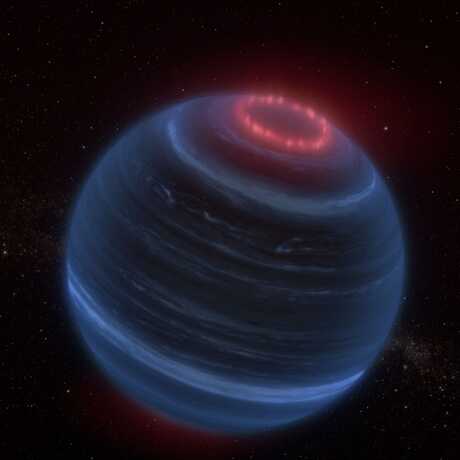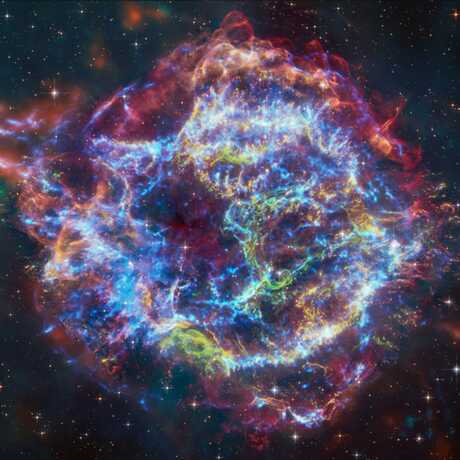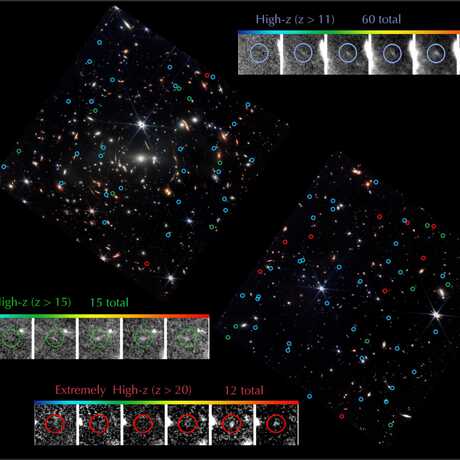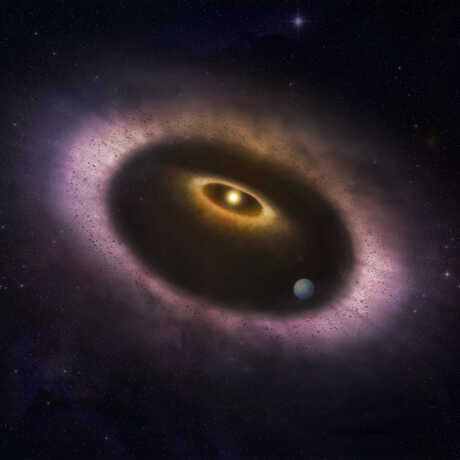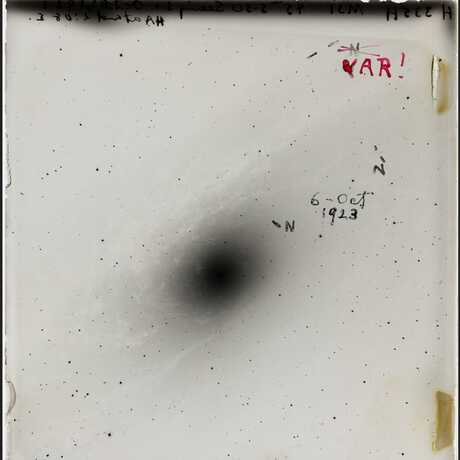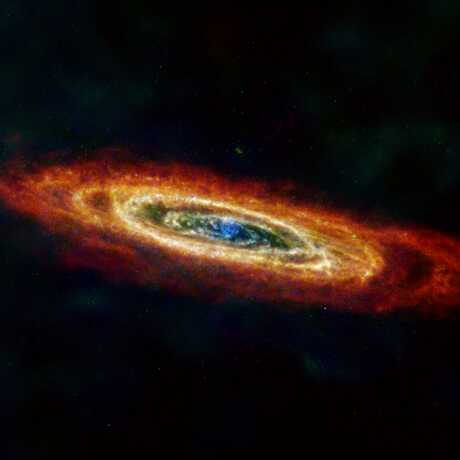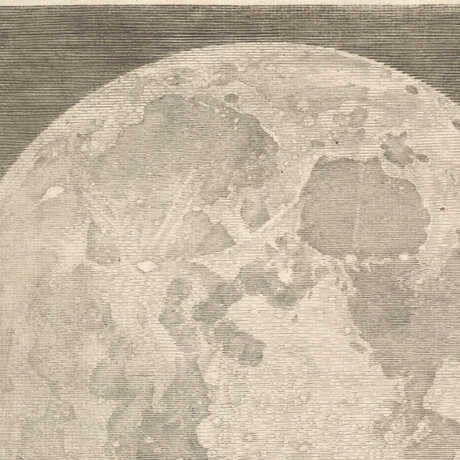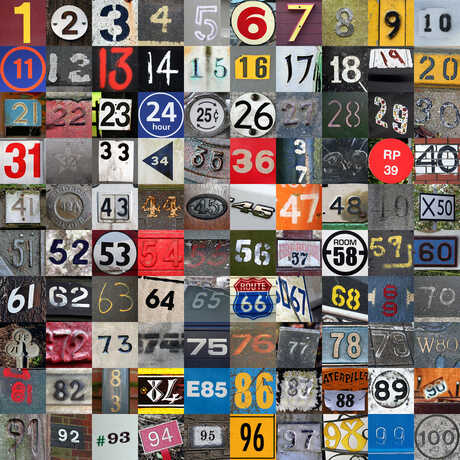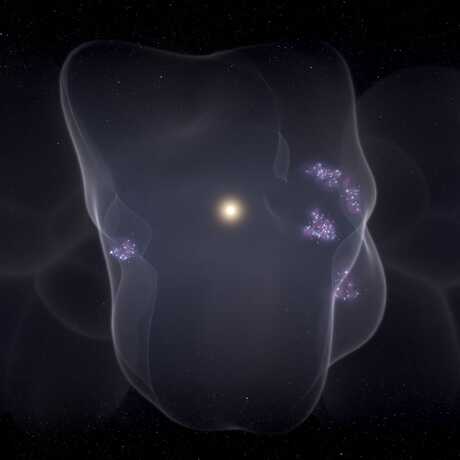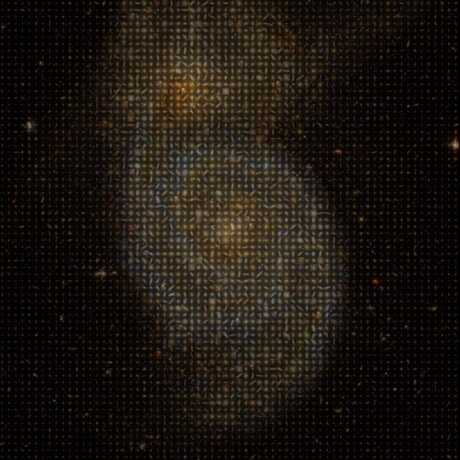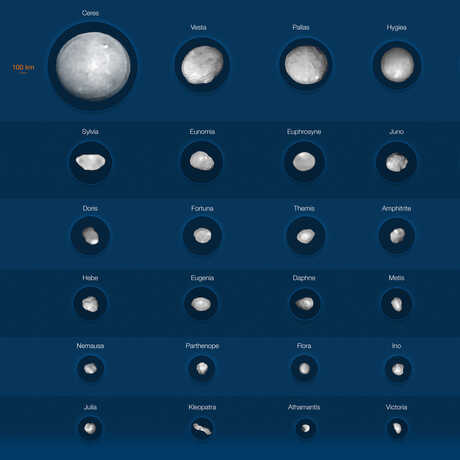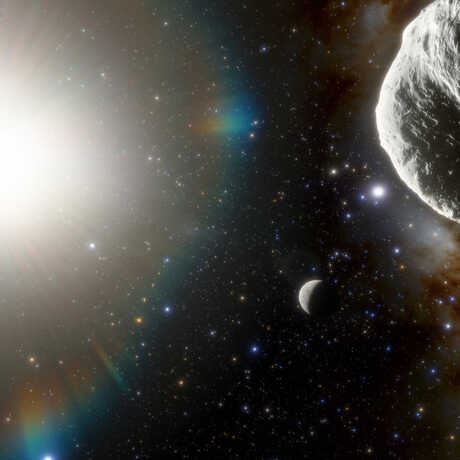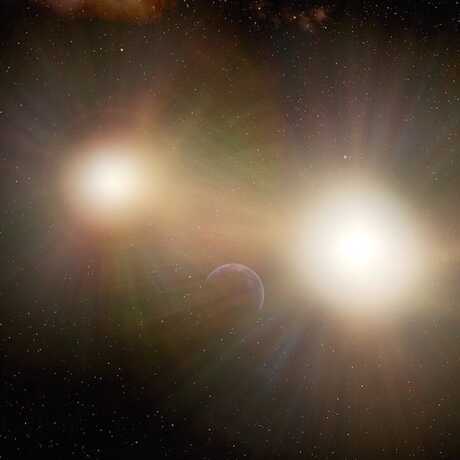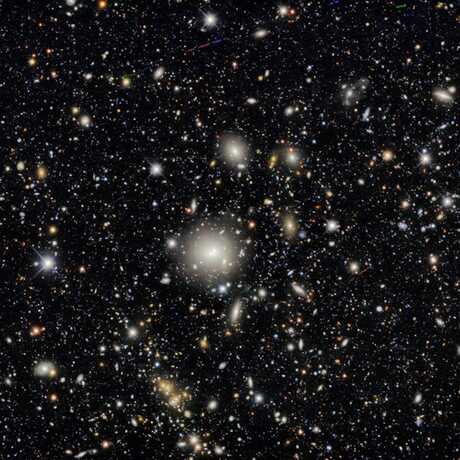Featured Articles
Brown dwarf W1935 exhibits signs of glowing methane—possibly caused by aurorae!
Cassiopeia A is one astronomical object that looks exactly like what it is—a star that exploded 350 years ago!
JWST launches the first day of astronomy’s big meeting with news about science, technology, and galaxies!
The connection between disks and planet formation continues to expand as astronomers view them in new detail.
Were celebrating two centennials that are somewhat related...
Dust! It’s not just collecting on your shelf, it is the topic for the last press conference at the 240th AAS.
The visual culture of astronomy, from illuminated manuscripts and frescoes to engravings and satellite imagery.
On a two-ful Tuesday, our planetarian discusses how visualizations can make numbers more understandable.
It turns out that the Sun lives in a bubble—1,000 light years across!
How are astronomers planning to map our universe with the help of robots?
We end our series with news from the Vera Rubin Observatory, ALMA, and the VLT.
Telescopes in Chile are finding hidden treasures such as nearby asteroids and potentially habitable exoplanets.
What are telescopes on our planet revealing about planets in other parts of our galaxy?
New discoveries from Chilean telescopes offer information about dark matter and molecules in strange places.
